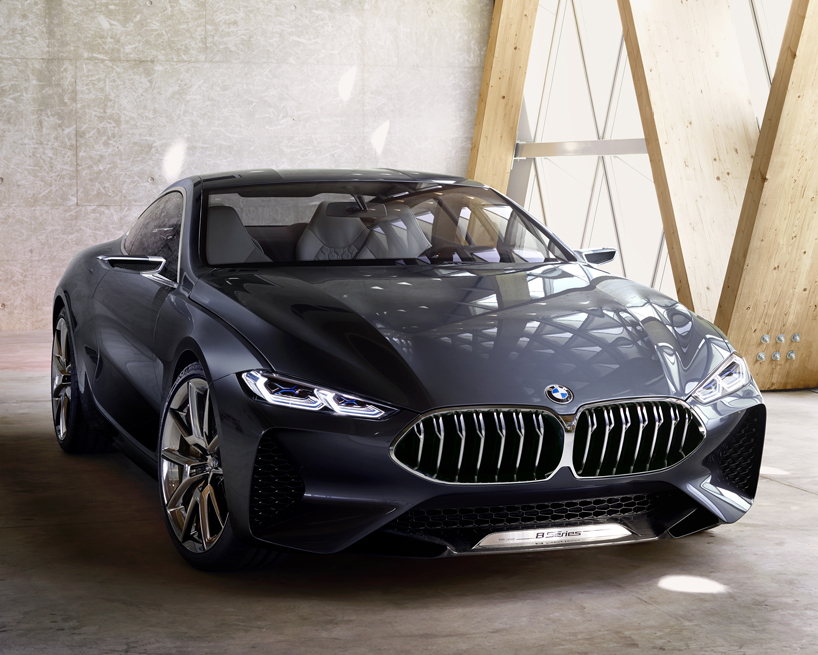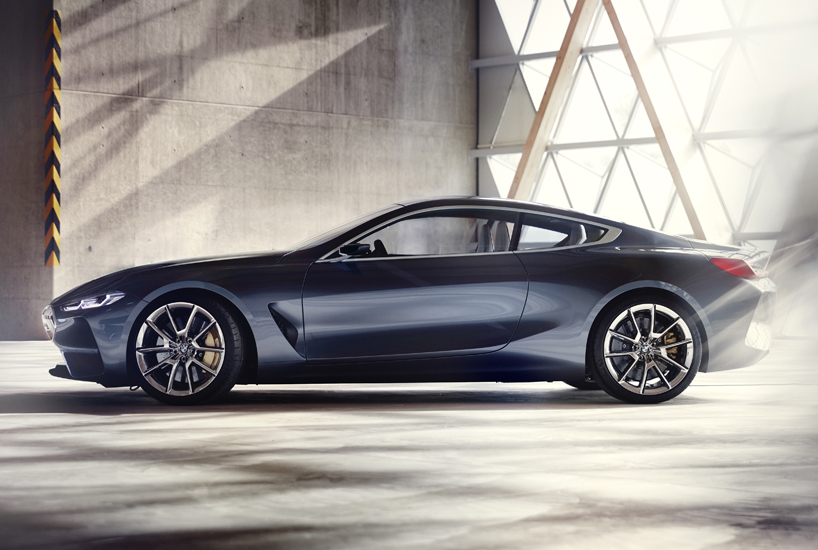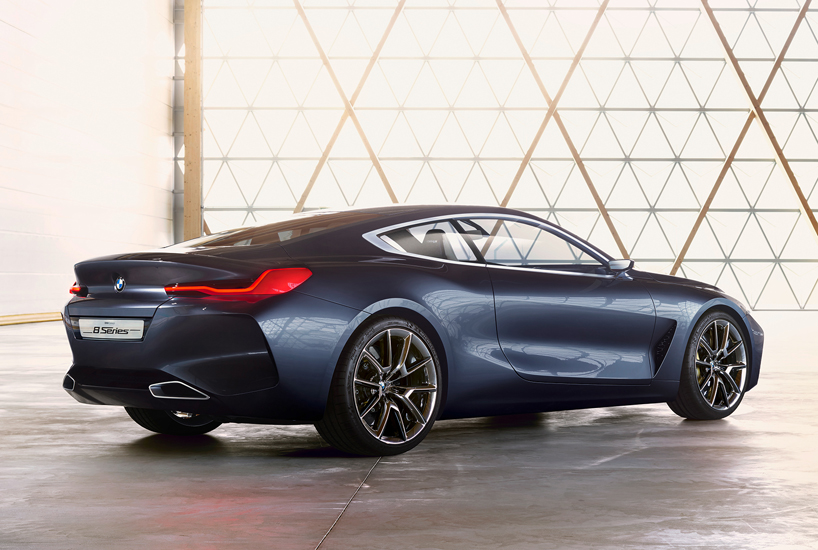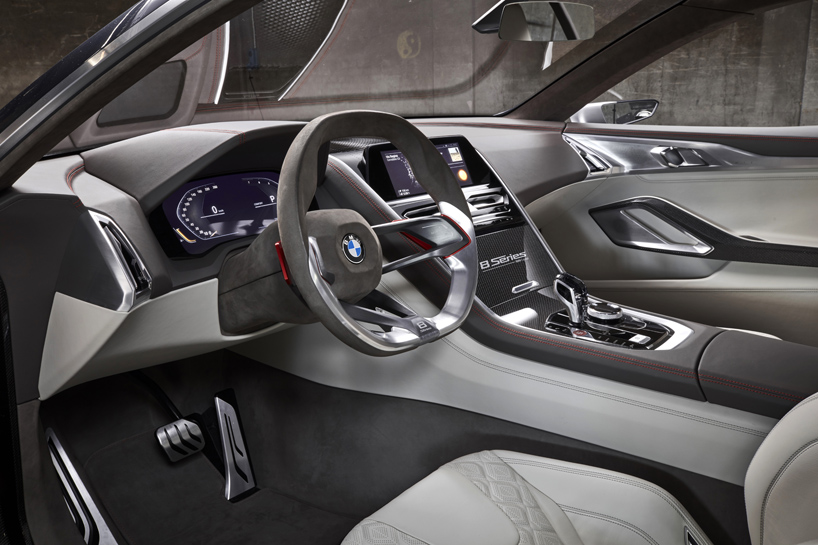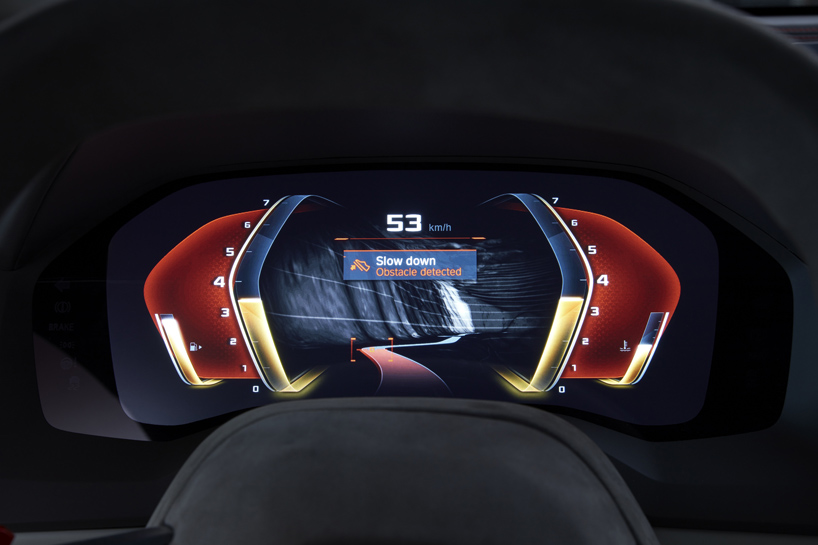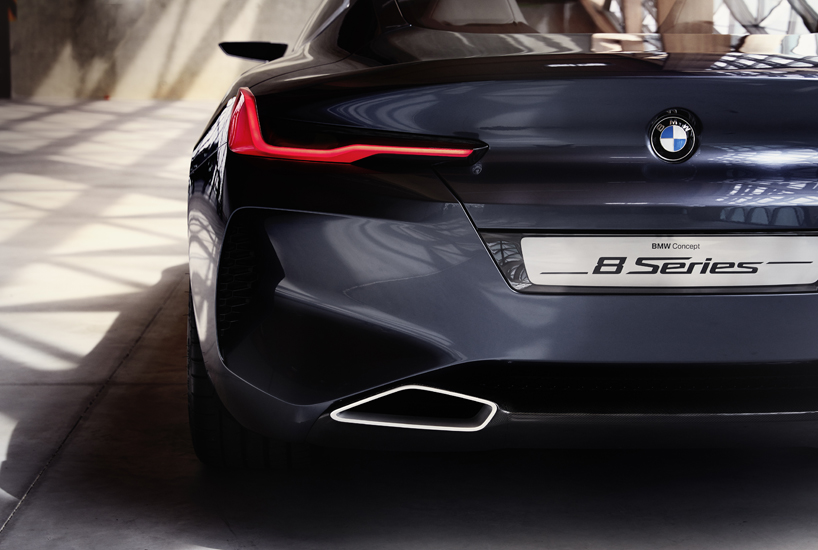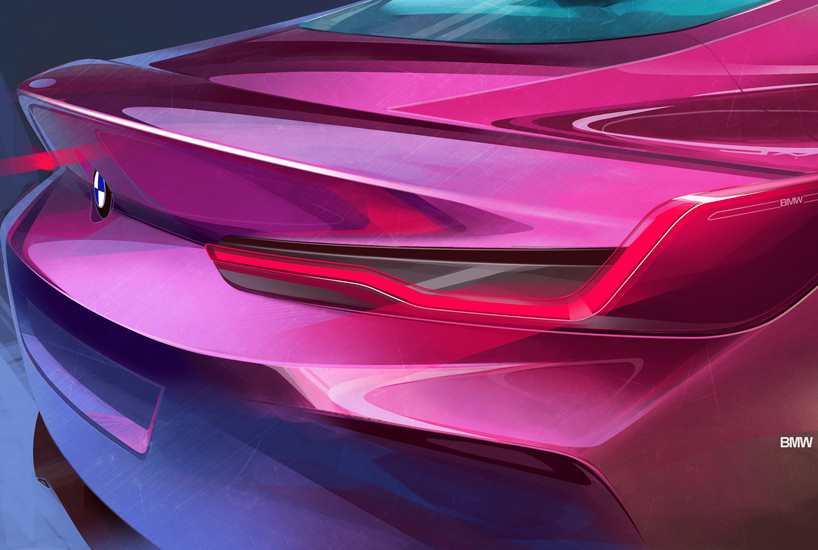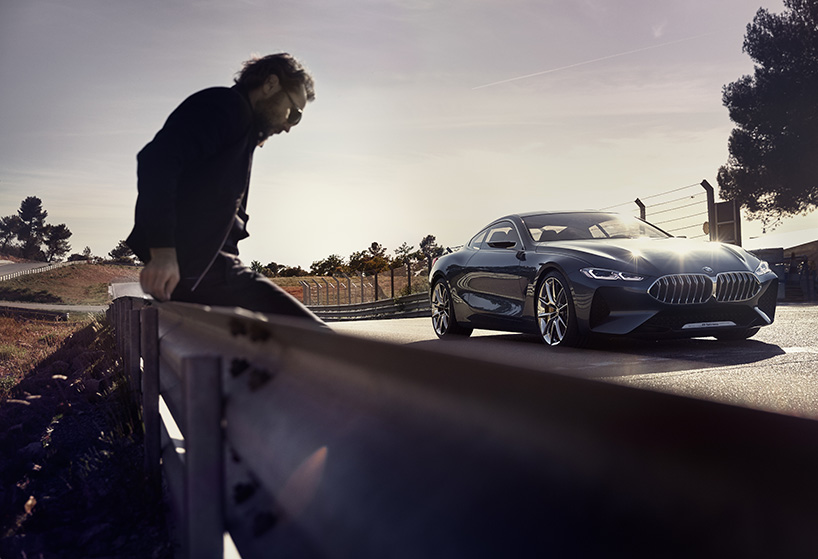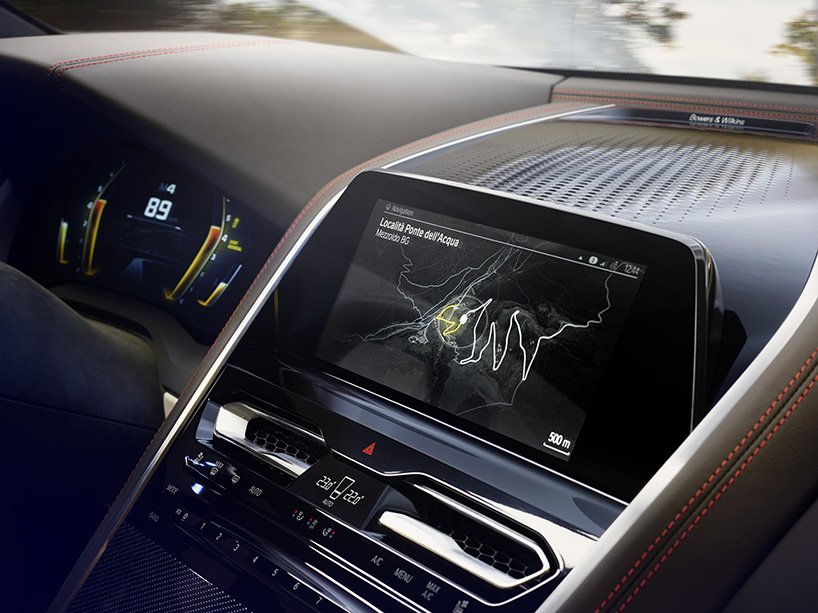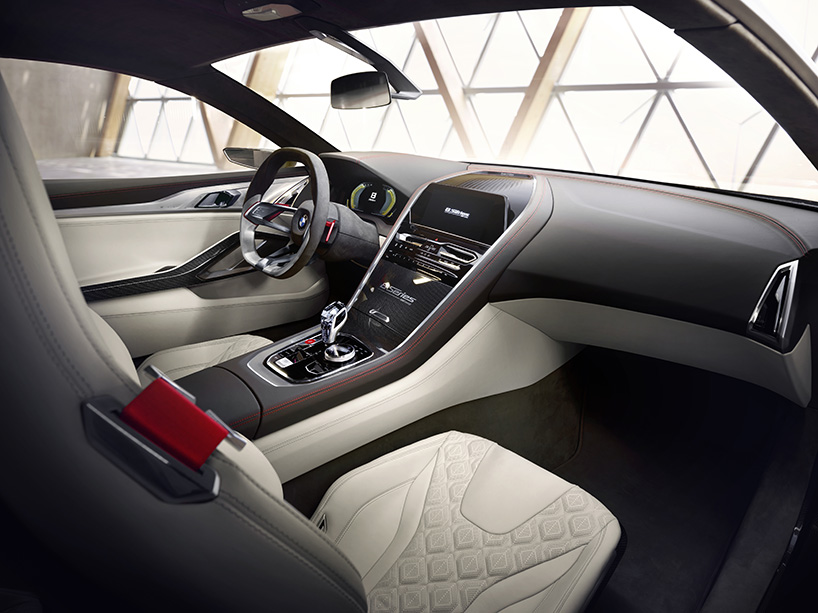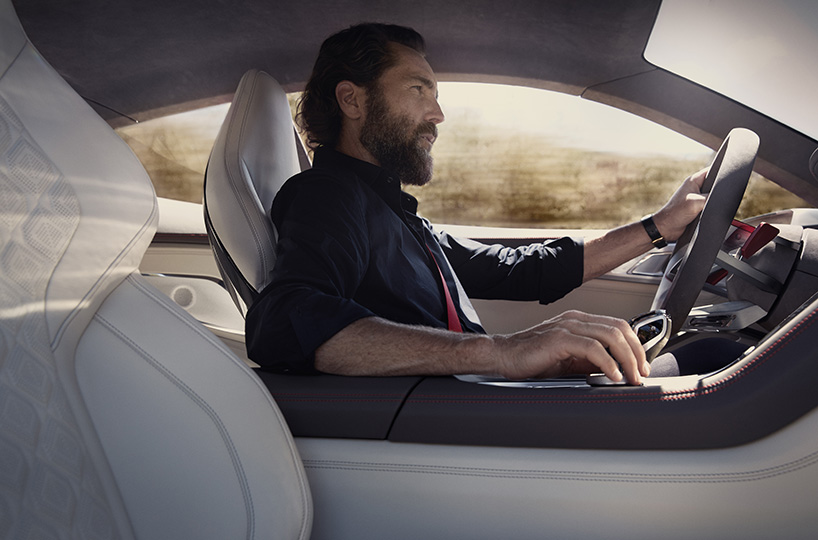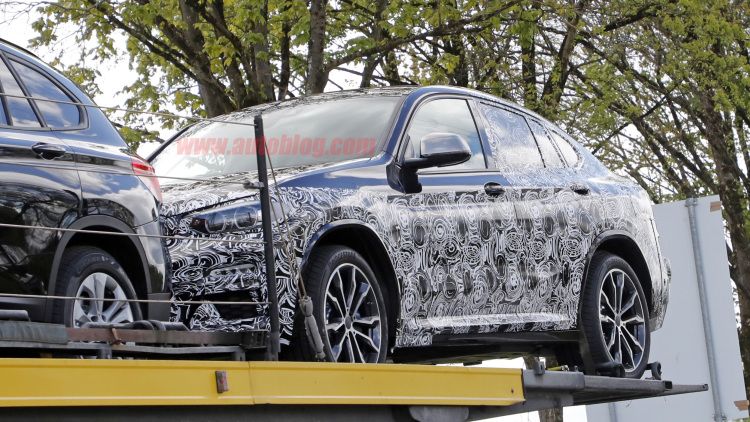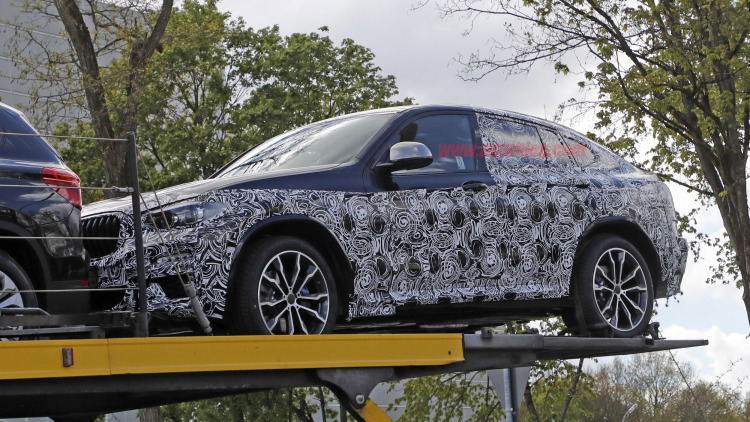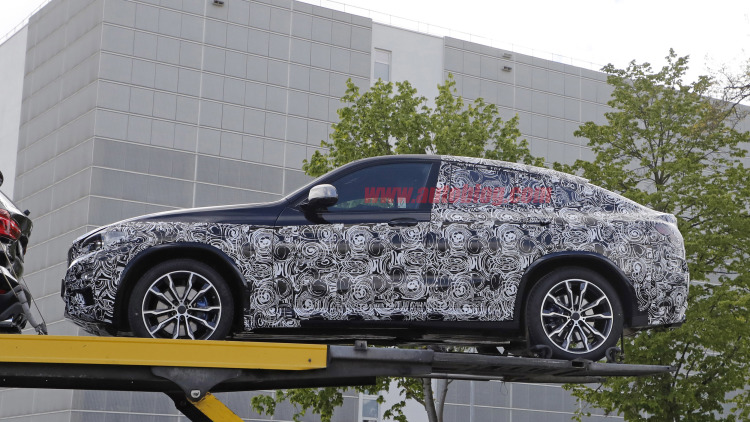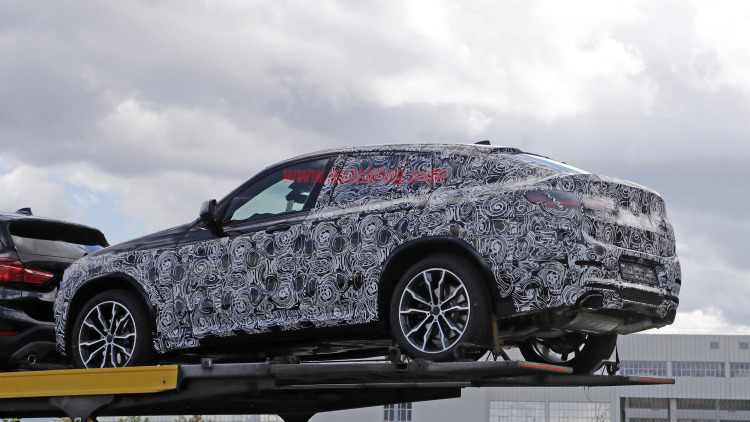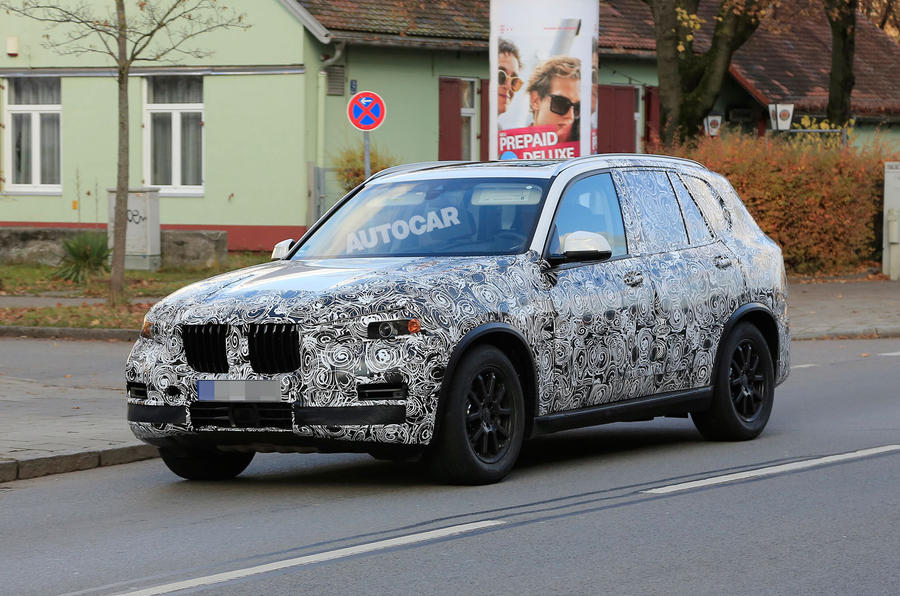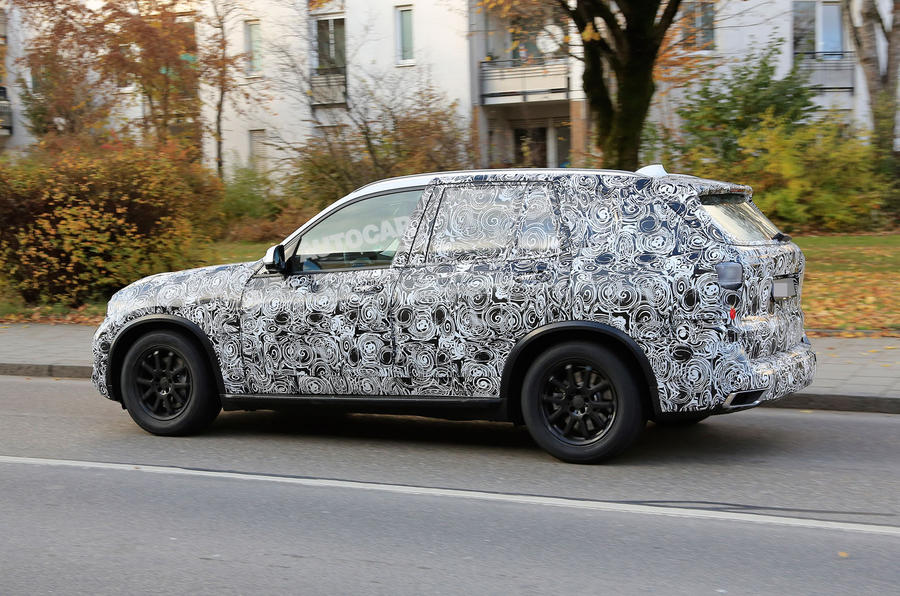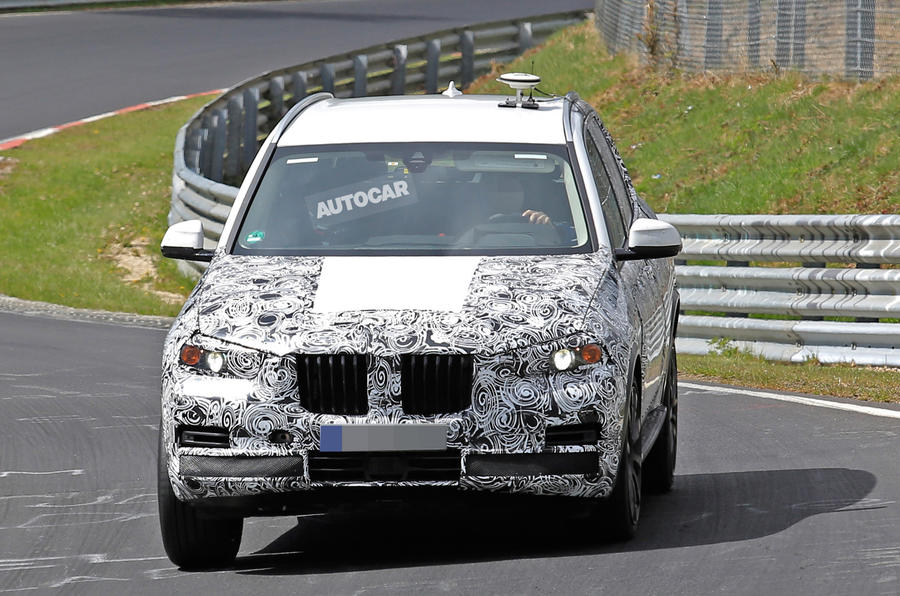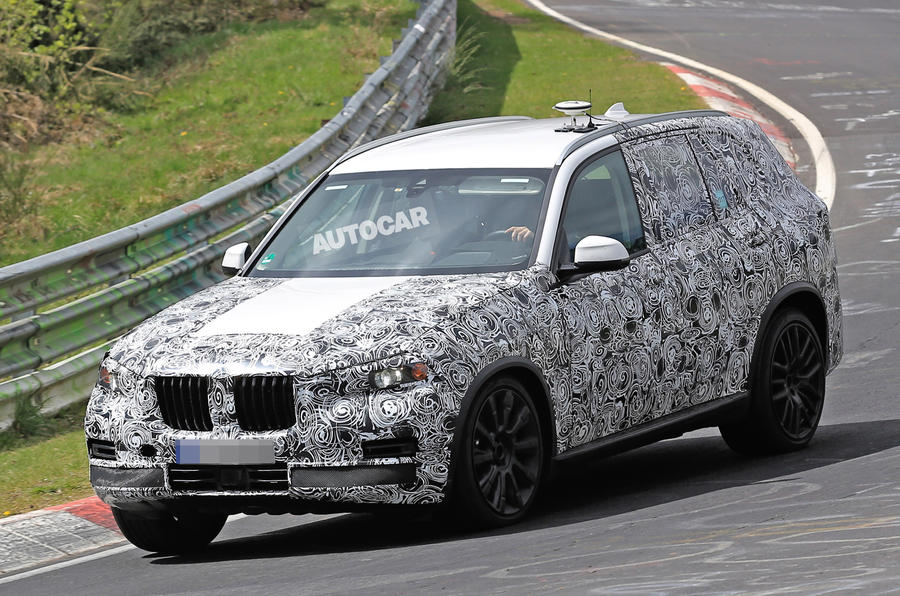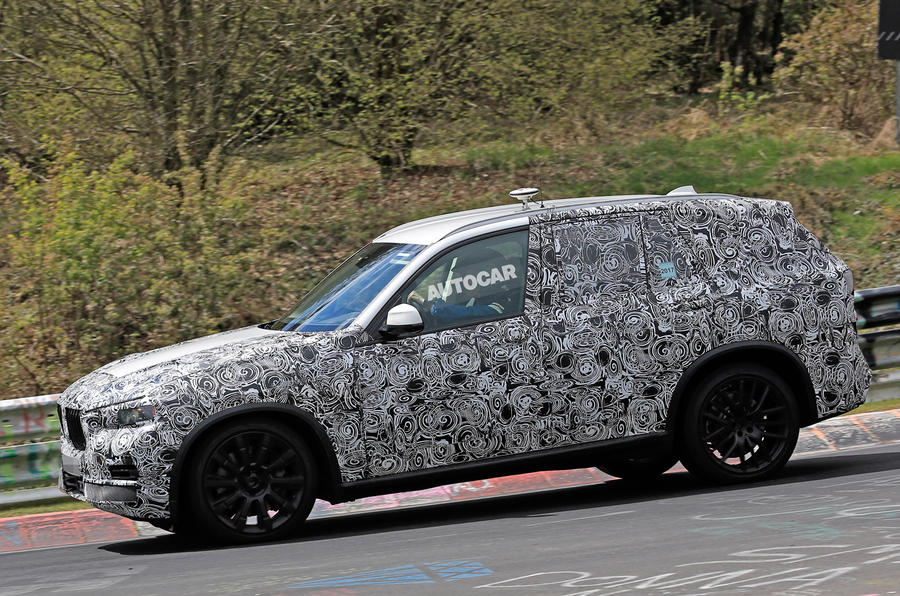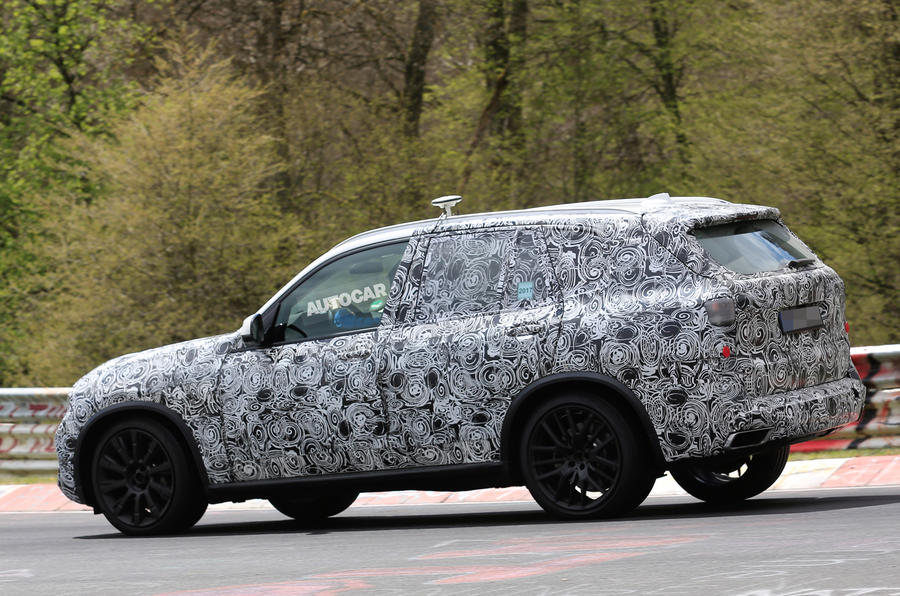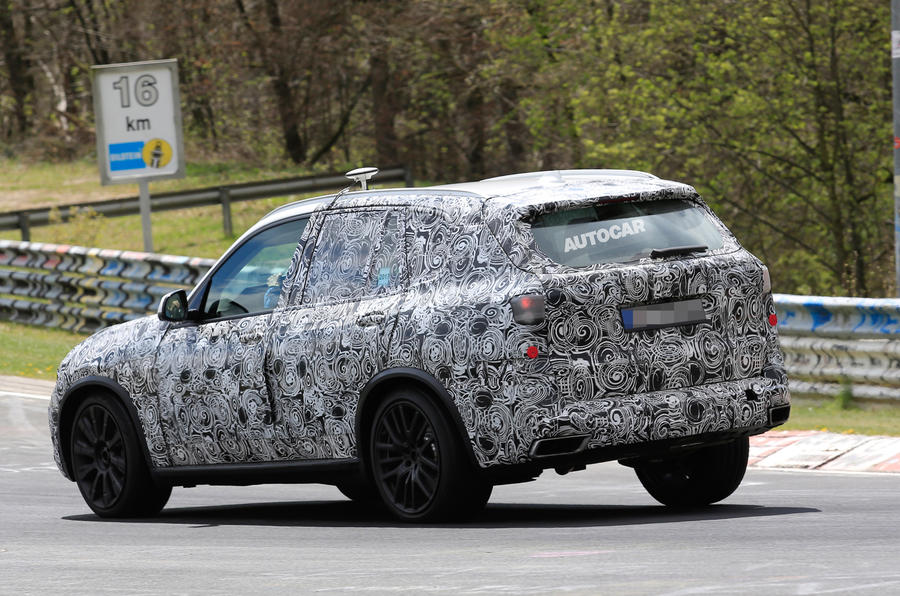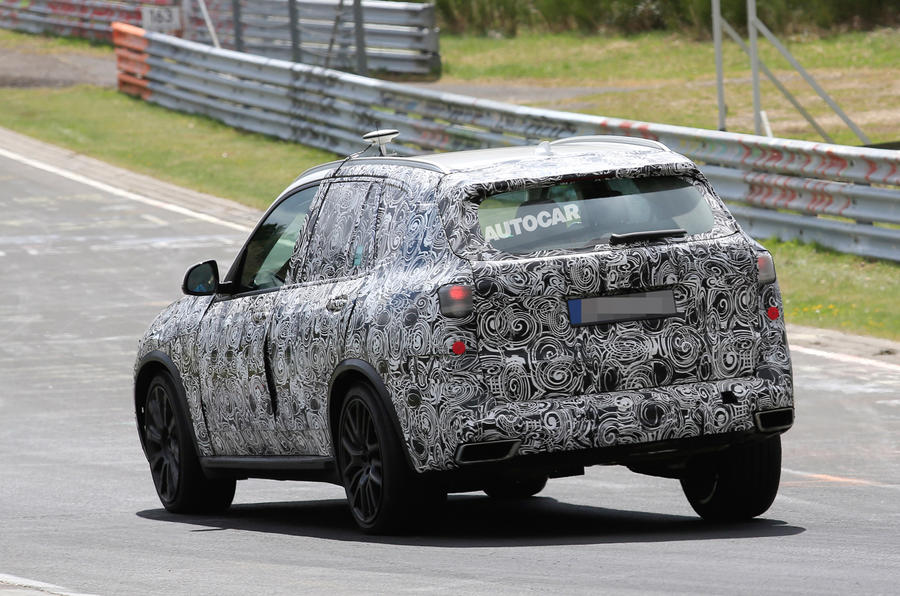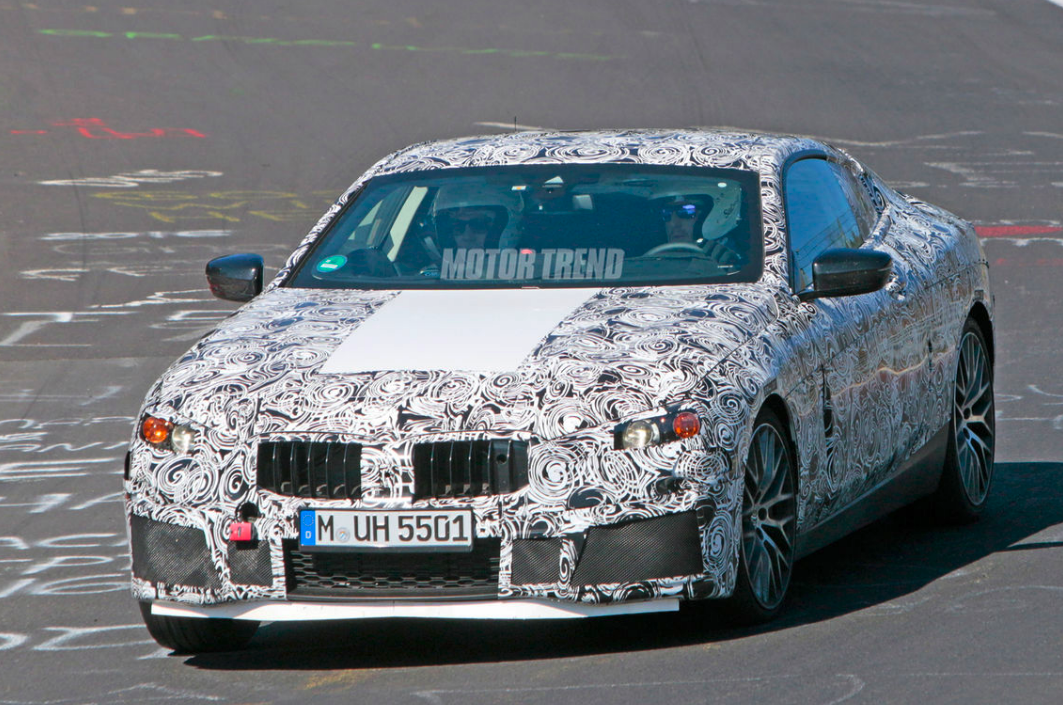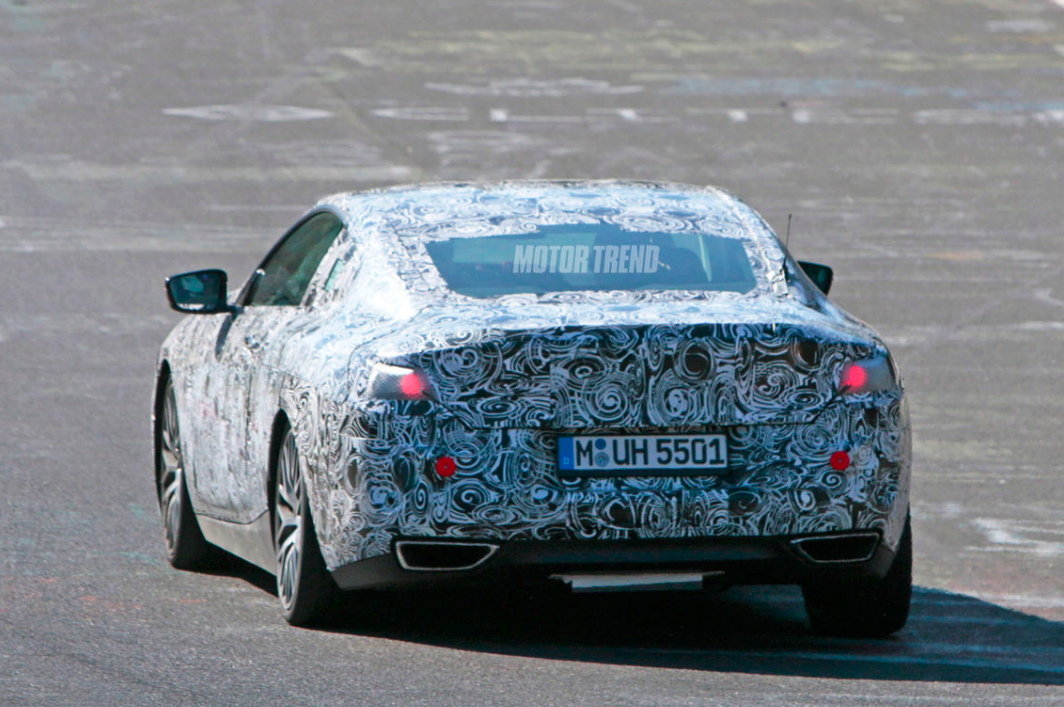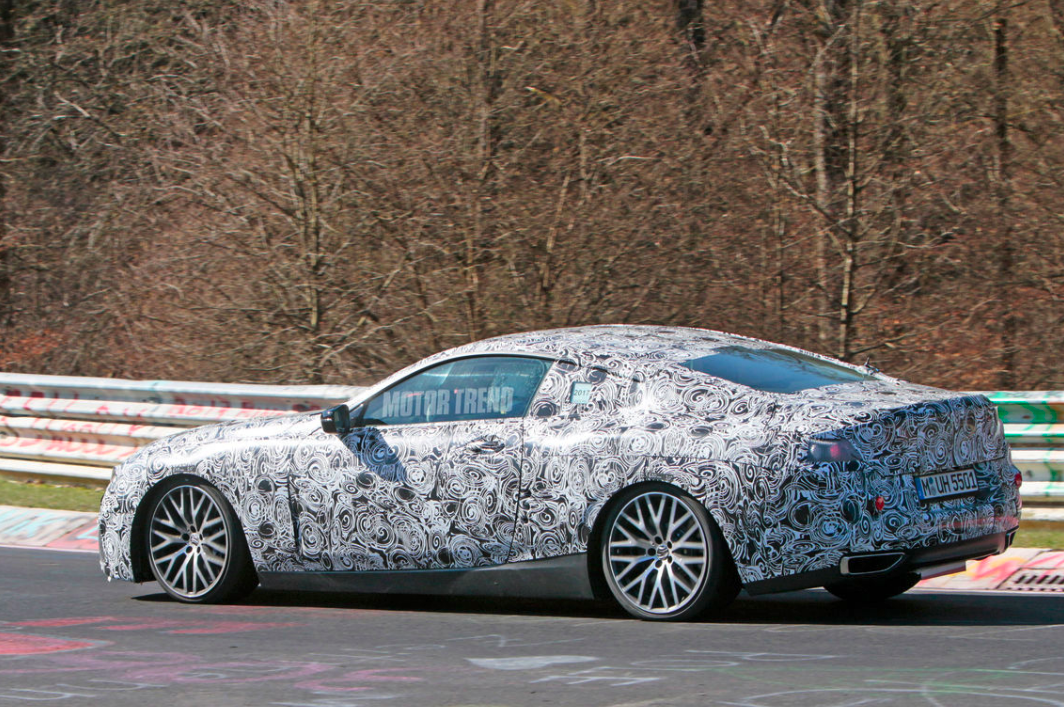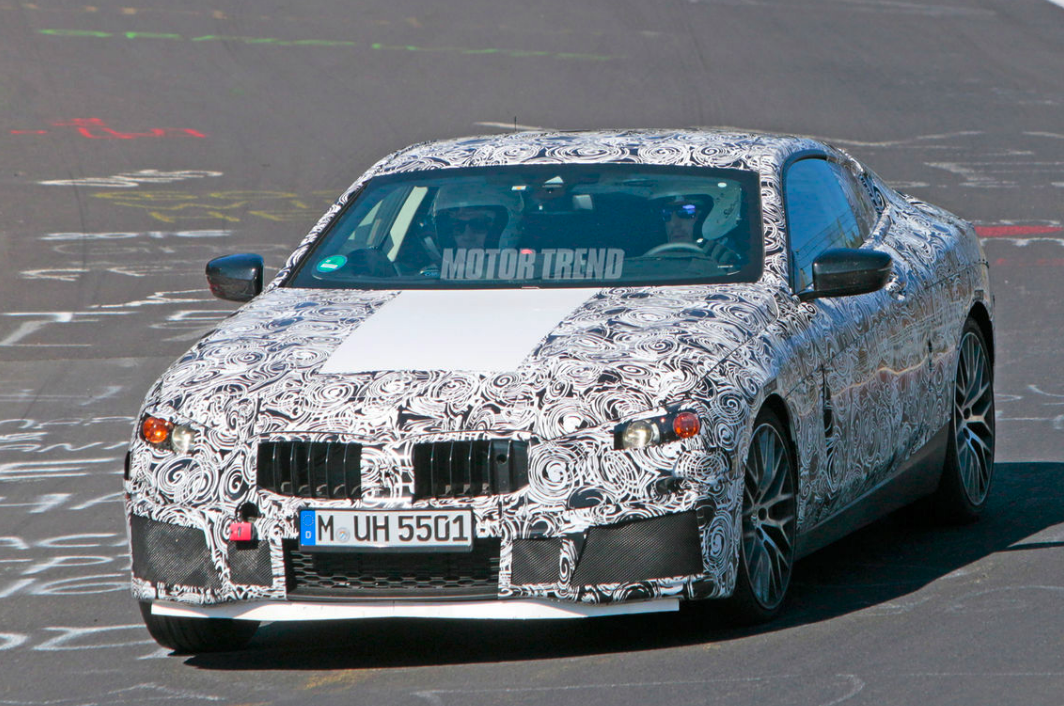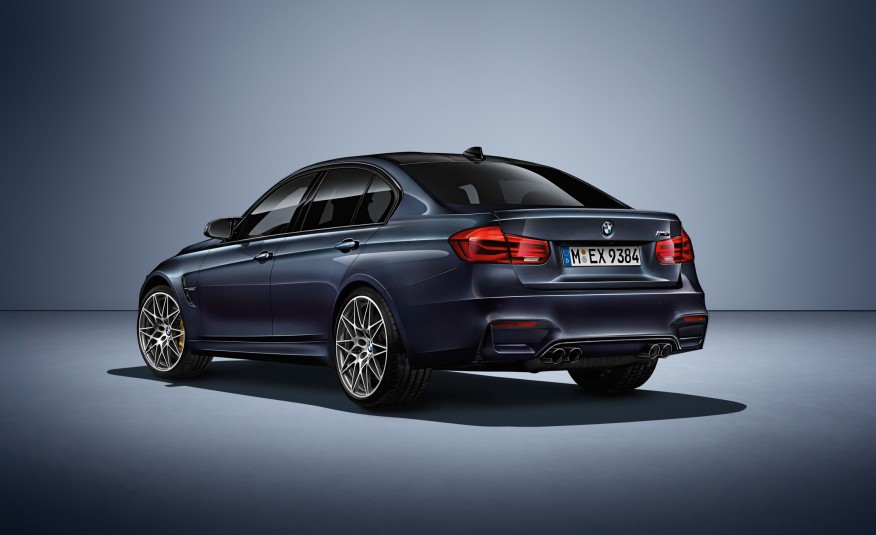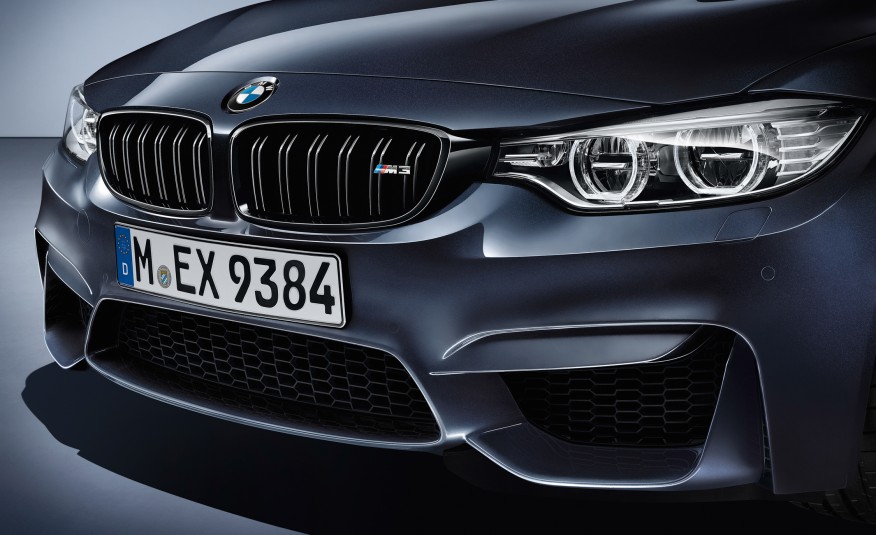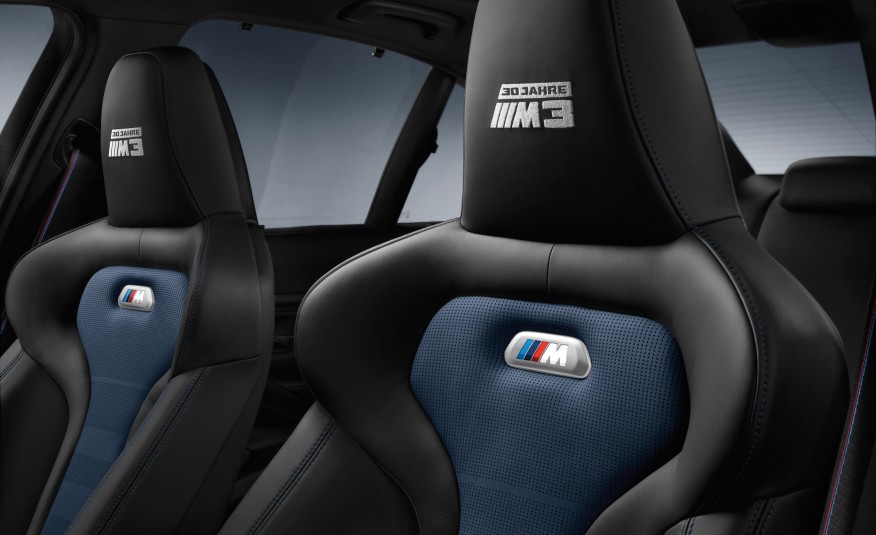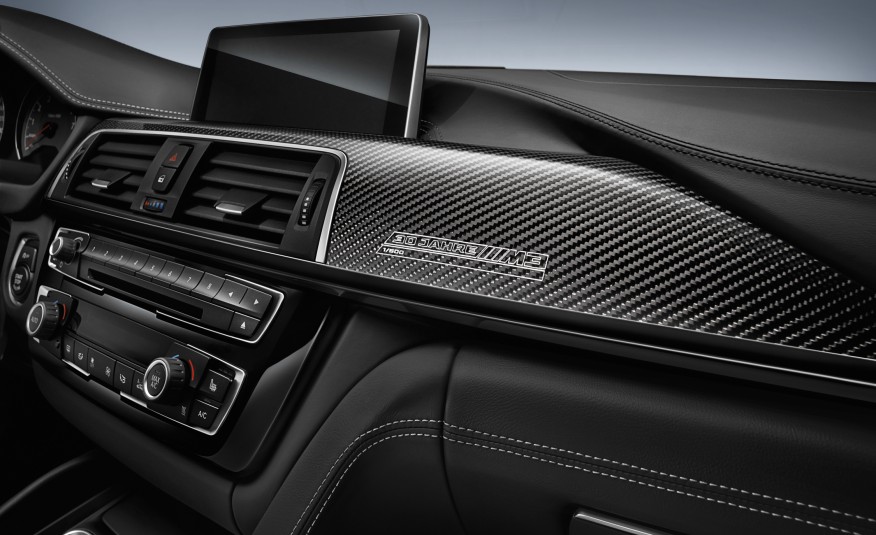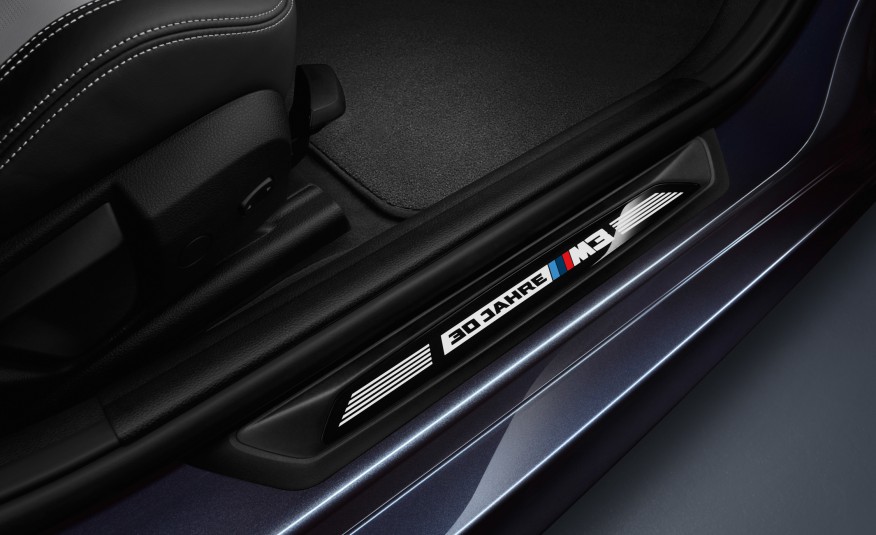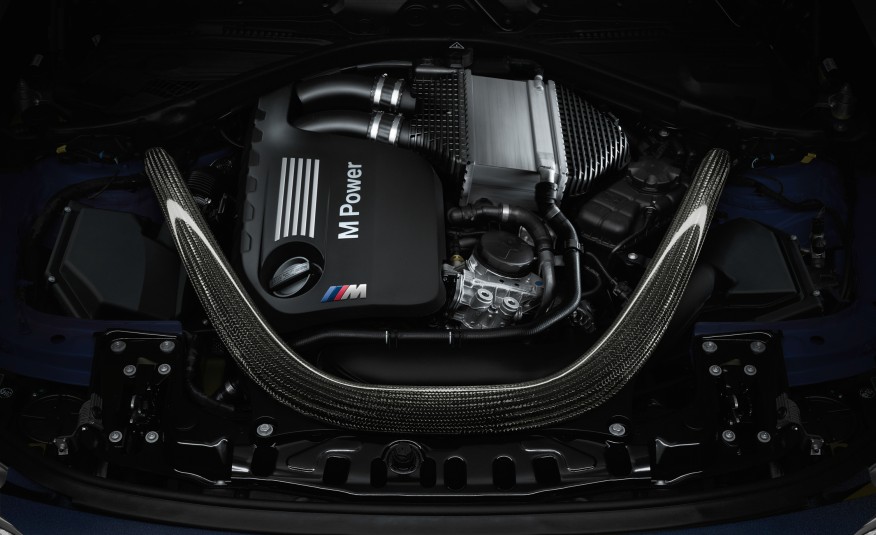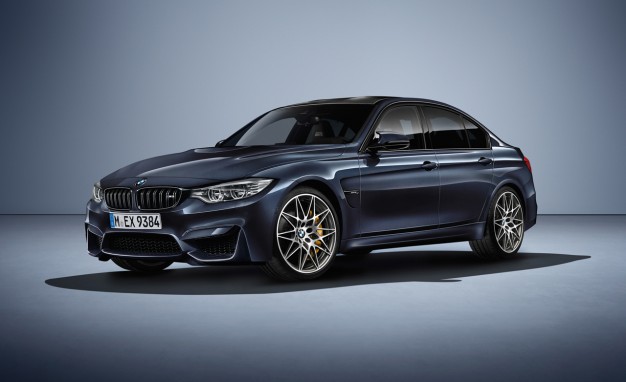2018 BMW 6 Series Gran Turismo Preview
/BY CHRISTIAN WARDLAW - JD Power
Fast Facts:
- Replacement for 5 Series Gran Turismo
- Offered as the 640i xDrive with a turbocharged 6-cylinder engine
- 5-door hatchback and a roomy interior with seating for 5 and up to 65 cu. ft. of cargo space
- Numerous luxury, performance, safety, and technology features
- Pricing starts at just over $70,000
Introduction
With the existing 6 Series lineup winding down in advance of the introduction of the new 8 Series, BMW is replacing the 5 Series Gran Turismo with the new 2018 6 Series Gran Turismo. When it goes on sale, it will be offered as the 640i xDrive at a starting price of $70,695, including the destination charge.
Exterior Features
The 6 Series Gran Turismo sits up higher than the 5 Series on which it is based and uses what BMW characterizes as a “coupe-inspired” 5-door hatchback body style to provide extra passenger and cargo carrying capability.
Sport design trim is standard, along with adaptive LED headlights, active grille shutter system, and an active rear spoiler. Wheel designs range from 19 ins. to 21 ins. in diameter.
Interior Features
BMW says that the 6 Series Gran Turismo supplies roomy and comfortable seating for 5 adults.
Compared with a 5 Series sedan the seating positions are higher, improving entry and exit, aiding outward visibility, and cultivating what BMW calls an “imperious driving experience.” Compared with the old 5 Series Gran Turismo, the replacement model adds soundproofing measures to quiet the interior.
Standard equipment includes leather sport seats with adjustable side bolsters, automatic climate control, ambient lighting, panoramic sunroof, and a navigation system. A hands-free power tailgate is standard, too, and when the 40/20/40 split-folding rear seats are powered down the 6 Series Gran Turismo holds 65 cu. ft. of cargo.
Optional Features
BMW has detailed three main option packages including Luxury, M Sport, and Driving Assistant Plus. Details for the latter package are provided in the Safety section below.
The Luxury package adds extra chrome trim and power-reclining rear seats, among other improvements. The M Sport package installs a sportier look, and itself can be enhanced with a Dynamic Handling package. That upgrade installs a 4-corner air suspension, active steering including rear-wheel steering, active roll stabilization, Comfort + driving mode, and an intelligently networked adaptive driving mode.
In addition to these features, 6 Series Gran Turismo buyers can enhance the car with quilted Nappa leather, multi-contour front seats, active seat ventilation, front-seat massage function, and a Bowers & Wilkins surround-sound system with 1,400 watts of power and 16 speakers.
Under the Hood
The new 6 Series Gran Turismo is equipped with a turbocharged, 3.0-liter 6-cylinder engine, an 8-speed sport automatic transmission with paddle shifters, and BMW’s xDrive all-wheel-drive system. The engine makes 335 horsepower and 332 lb.-ft. of torque, the latter available from 1,380 rpm to 5,200 rpm. The result is acceleration to 60 mph in 5.1 seconds, according to BMW.
Driving Dynamics Control is standard, equipping the car with Eco Pro, Comfort, and Sport driving modes. BMW has also intelligently networked the transmission and automatic engine start/stop systems to, under certain conditions, use navigation route data to anticipate operational requirements for maximum effectiveness and efficiency.
Safety
Every BMW 640i xDrive Gran Turismo is equipped with a reversing camera, park-assist sensors, and the company’s Active Driving Assistant technology. Active Driving Assistant includes forward-collision warning with daytime pedestrian detection and low-speed automatic emergency braking, active blind-spot monitor, rear cross-traffic alert, and lane-departure warning.
The Driving Assistant Plus package adds adaptive cruise control with stop-and-go capability and a traffic-jam assistant, active lane-keeping assist, side-collision avoidance, front cross-traffic alert, and Evasion Aid corrective steering. Notably, the traffic-jam assistant and active lane-keeping assist allow for hands-free driving for as long as 50 seconds, BMW says.
Technology
Equipped with BMW’s next-generation iDrive 6.0 infotainment system, the new 6 Series Gran Turismo features a freestanding, 10.25-in. touch-screen display with a tile menu layout, natural-voice recognition, gesture control, and Apple CarPlay smartphone-projection technology.
A navigation system is also standard in the new Gran Turismo 6 Series and includes car-to-car communication capabilities to convey specific road conditions to nearby BMWs that may encounter them. On-street parking information and advanced real-time traffic are also included.
BMW Connected personal mobility assistant and ConnectedDrive services are also standard for the 6 Series Gran Turismo. Highlights include BMW Accident Assistance with Intelligent Emergency Call enhanced by vehicle location and accident severity reporting. With the car’s available Display Key upgrade, an owner can see their vehicle and its surroundings from their smartphone using a BMW Connected App.
Optional technology features include a new head-up display with a 75% larger projection area, surround-view camera system with 3-D view, and BMW Night Vision. Parking Assistant technology works for parallel, perpendicular, and angled parking spaces, and with the Display Key option BMW’s Remote Control Parking system allows the driver to put the car into a tight space while standing outside of the vehicle.
















